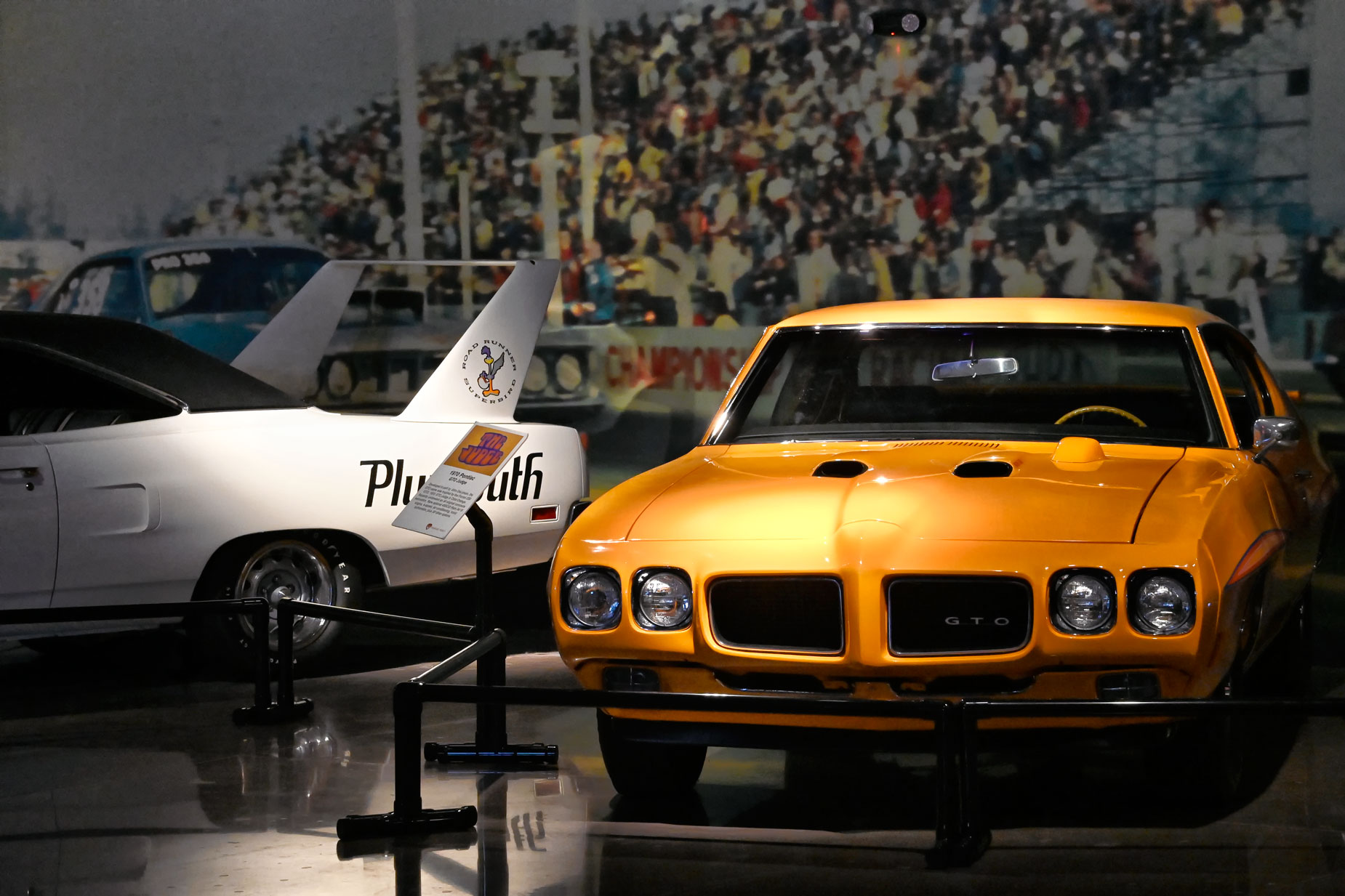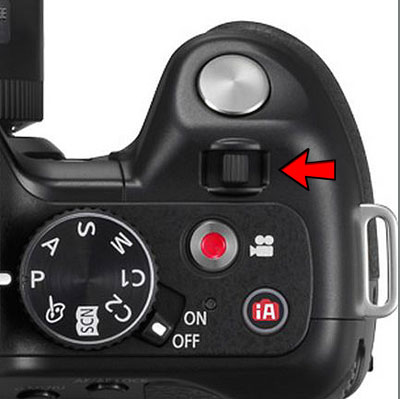Today’s Post by Joe Farace
To me, the exposure compensation control is one of the most important parts of any DSLR or mirrorless camera and it’s the first control—after how to adjust the ISO setting—that I look for when shooting a new camera.
It’s been my belief that camera’s designers realized that no amount of automation will produce a “perfect” exposure under all possible lighting situations and what some people might like others might not.

Since you are the final arbiter of what’s “correct” the Exposure Compensation feature lets you increase or decrease the automatic exposure in one-half or one-third tops to get exactly the exposure you like. Using the camera’s LCD screen and histogram function will help you home in on what’s correct.
One of the first tips that I give to aspiring car photographers is that they should slightly underexpose black cars to render them as black and overexpose white cars, so they look white. When you think about this concept, it makes perfect sense: By forcing the exposure toward middle gray tones, which is what your camera’s light meter will do, you end up with a white car that looks gray or a black car that appears as a different shade of gray.
But what about an image like today’s that includes both white and yellow/orange cars. You could always bracket but I find it easier to use the exposure compensation dial on my camera, checking the histogram as I shoot.
How I made this shot: Camera was a Nikon D780 and VR 24-120mm f/4.0 G lens at 120mm, with an exposure of 1/125 sec at f/11 and ISO 8000 with an exposure compensation of minus one-thirds, when it should have been plus two-thirds. (I used my underexposure technique I created for portraiture to mitigate that somewhat.) This image was cropped slightly, tweaked in Vivenza and then, maybe I cheated, ran Dfine to eliminate any noise. There didn’t appear to be very much, but sometimes I;m like my dear old Dad, a belt-and-suspenders kind of guy.
 Tip: If you can set the amount of exposure compensation by one-half or one-third, I suggest that use the one-third stop option because it provides you with more options allowing a more nuanced difference in exposure. But, always, it’s your call. On the Panasonic Lumix G5, it’s a simple toggle switch they removed from subsequent models.
Tip: If you can set the amount of exposure compensation by one-half or one-third, I suggest that use the one-third stop option because it provides you with more options allowing a more nuanced difference in exposure. But, always, it’s your call. On the Panasonic Lumix G5, it’s a simple toggle switch they removed from subsequent models.
 If you enjoyed today’s blog post and would like to buy Joe a cup of Earl Grey tea ($3.50), click here.
If you enjoyed today’s blog post and would like to buy Joe a cup of Earl Grey tea ($3.50), click here.
Along with photographer Barry Staver, Joe is co-author of Better Available Light Digital Photography with new copies are available from Amazon for $21.50 and used copies starting around six bucks.